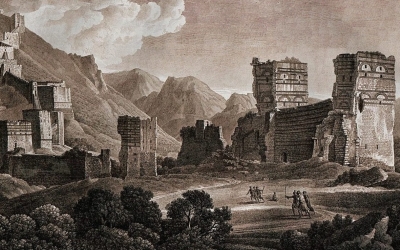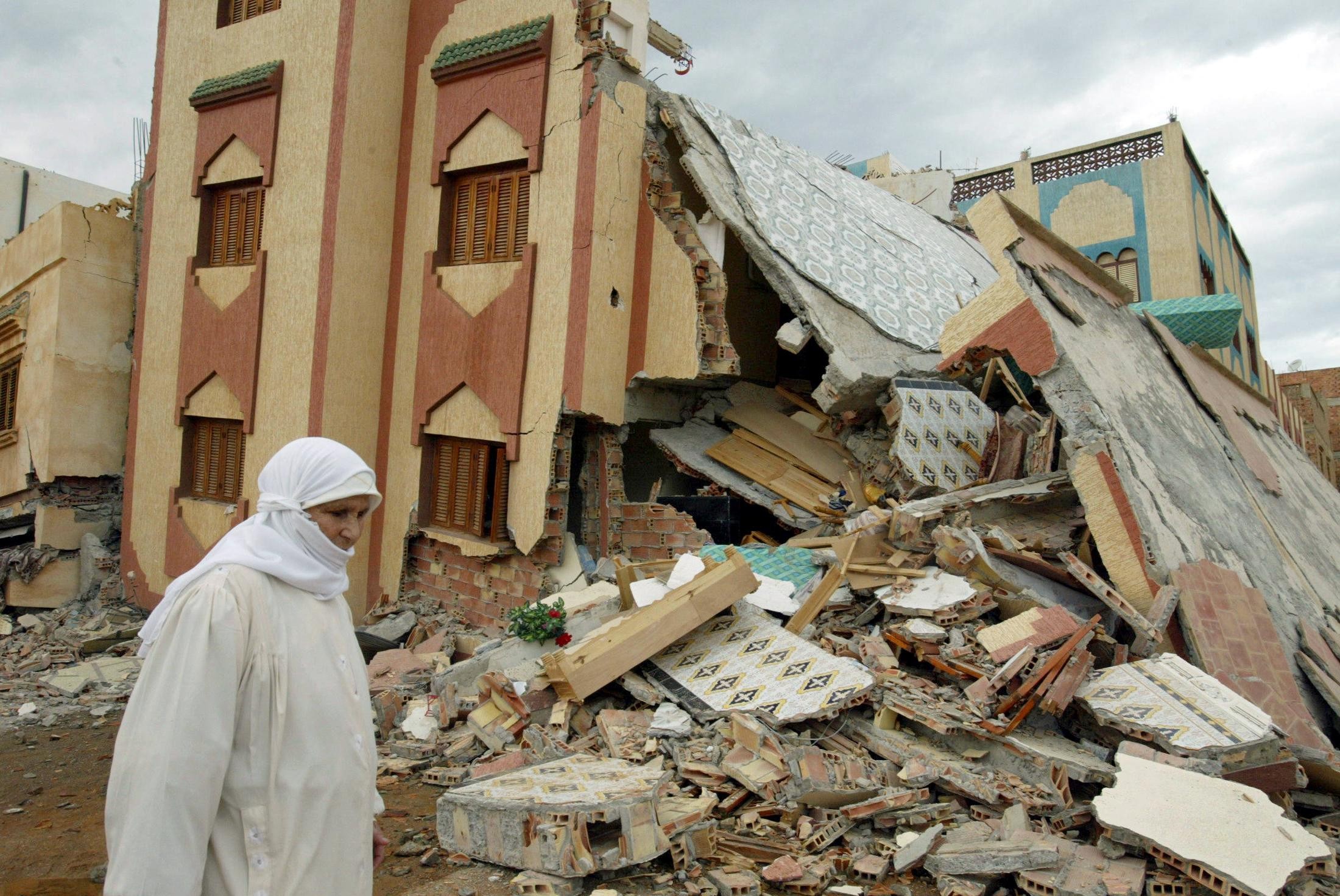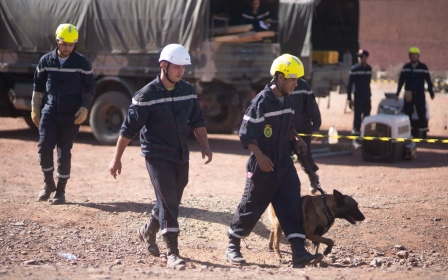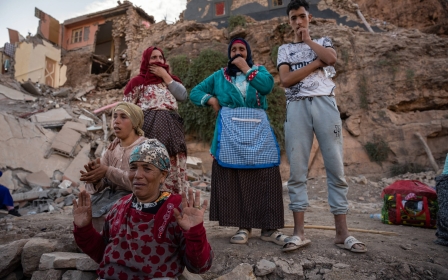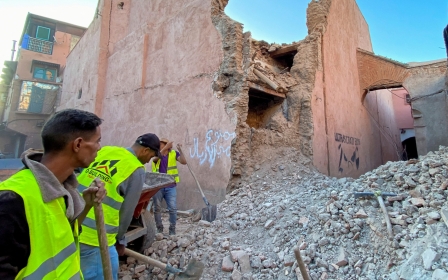Four other times Morocco was struck by deadly earthquakes
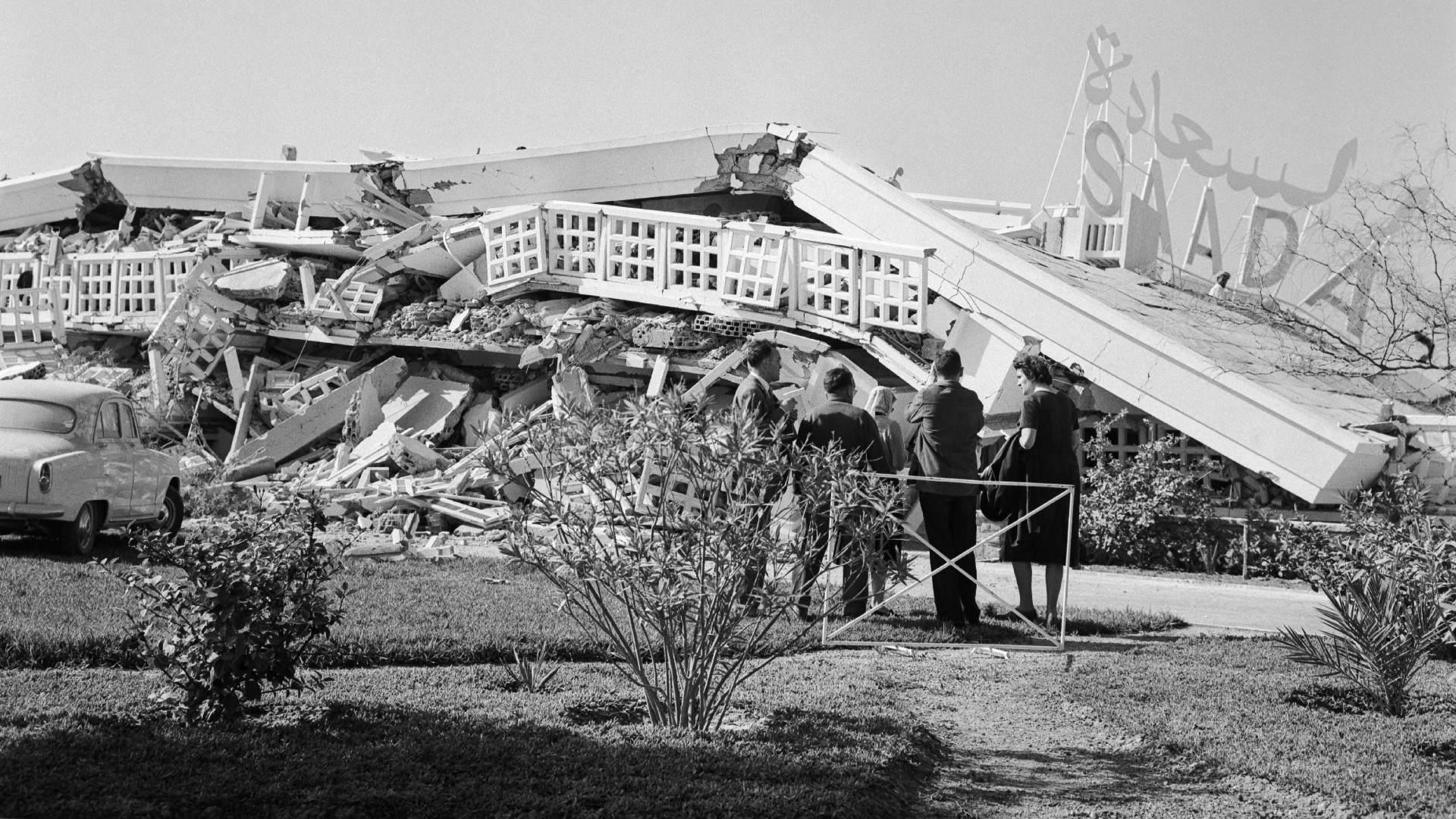
Rescuers are continuing in efforts to reach villages and towns destroyed by Friday night's deadly earthquake in Morocco.
The 6.8 magnitude tremor struck south of Marrakech, the major city popular among tourists for its medieval buildings and busy marketplaces. The death toll has reached 2,497.
Several important sites have been damaged by the quake, including the Tinmel Mosque in the High Atlas mountains and Marrakech's Old City and ancient walls.
It's not the first earthquake in Morocco; the country had been impacted by seismic activity on several occasions over the past quarter of a millenium.
That includes a quake in the Iberian peninsula that had a lasting impact on science and philosophy, and a 15 second tremor that buried a major Moroccan city and forced it to be entirely rebuilt.
Stay informed with MEE's newsletters
Sign up to get the latest alerts, insights and analysis, starting with Turkey Unpacked
Here's what you need to know about four of the biggest earthquakes in Morocco's history:
1755 - Lisbon
The 1755 Lisbon earthquake was one of the most destructive quakes in European history, with the effects felt in North Africa and as far as the Caribbean.
The 8.5 magnitude earthquake struck on 1 November, with the epicentre in the Atlantic Ocean near the Algarve headland of Cape St Vincent.
The earthquake and subsequent fires and tsunami destroyed the Portuguese capital and surrounding areas. Many Lisbon residents died in churches, where they had been attending mass services to mark All Saints’ Day.
The death toll is estimated at between 40-50,000 people, of whom around 10,000 are thought to have been in Morocco.
The coastal towns of Rabat, Larache, Asilah and Agadir suffered significant destruction, while there was building damage in Fez, Meknes and Marrakech. El-Jedida, which at the time was under Portuguese control and known as the city of Mazagao, was also impacted.
The earthquake is considered to be a seminal event in European history, for its impact on science and philosophy.
It was widely discussed by enlightenment thinkers, including Jean-Jacques Rosseau, Immanuel Kant and Voltaire. It prompted far-reaching discussions about the concepts of divine judgement and punishment, after striking a region that was overwhelmingly Catholic.
The impact of the quake was also recorded and investigated thoroughly in some of the affected areas, giving birth to the modern study of seismology.
1755 - Meknes
Just a few weeks after the Lisbon disaster, another huge earthquake struck Morocco.
The Meknes quake, estimated at between 6.5 and 7 magnitude, devastated northern Morocco on 27 November. It had previously been identified as an aftershock of the Lisbon quake, but more recent studies consider it to be a separate event.
It caused mass destruction in the Moroccan cities of Meknes and Fes, killing at least 15,000 people.
According to historical accounts, half of the 16,000 Jewish population of Meknes died, as well as 4,000 Muslims in the city. An additional 3,000 deaths were reported in Fez.
The quake significantly damaged the archaeological site of Volubilis, a Roman empire outpost which has been a Unesco world heritage site since 1997.
1960 - Agadir
The most devastating earthquake in Morocco’s modern history destroyed the major city of Agadir in 1960.
The 5.8 magnitude quake buried the entire city, killing around 15,000 people - over a third of Agadir's population. 25,000 people were injured and 35,000 made homeless.
The disaster was caused by a major shock along the tectonic fracture of the earth’s surface in the southern Atlas mountains. It lasted only 15 seconds in total.
The quake struck on the third night of the holy month of Ramadan, as many residents would have been gathered together to eat and pray.
There was a huge rescue operation, which included assistance from French, American and Dutch military personnel.
The Kasbah of Agadir, a landmark that dates back to the 16th century, was destroyed by both the 1755 Lisbon earthquake and the 1960 quake.
The current city of Agadir is one mile south of the previous metropolis, after it was rebuilt entirely on the orders of the late King Mohamed V.
2004 - Al Hoceima
An earthquake that hit Morocco’s northern coast in 2004 killed more than 600 people.
The 6.5 magnitude quake struck in the early hours of the morning on 24 February in Al Hoceima, a city in the Rif mountains that lies along the Mediterranean coast.
It was caused by seismic activity along the boundary area between the African and Eurasian tectonic plates in the most seismically active area in the country.
As well as about 630 deaths, more than 900 people were injured and around 15,000 displaced from their homes.
Similarly to the quake that hit Morocco last weekend, the impacted areas were mountainous and proved difficult for emergency services to access.
Tremors were felt in the Spanish-run territory of Melilla in North Africa, and the British overseas territory Gibraltar.
This article is available in French on Middle East Eye French edition.
Middle East Eye delivers independent and unrivalled coverage and analysis of the Middle East, North Africa and beyond. To learn more about republishing this content and the associated fees, please fill out this form. More about MEE can be found here.


